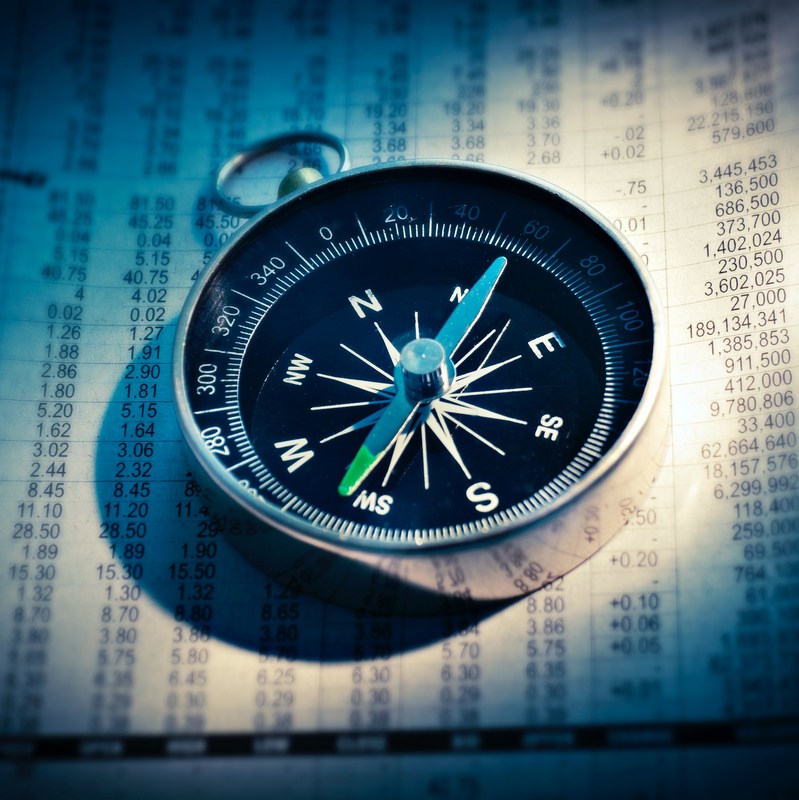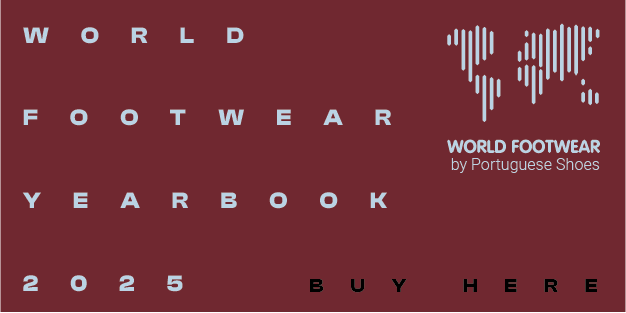Re-opening the economies after Covid-19

As many countries start to alleviate the restrictive measures of the last weeks and re-open their economic activities, several concerns fill everyone's thoughts, as we all witness changes in retail, manufacturing, and consumption
The Effect of the 90% Economy
The Economist came up with the concept of the 90% economy to demonstrate how difficult and full of challenges the near future will be. If we take as a starting point a dive of 10% in the country’s GDP, this will result in the largest since the second world war, which clearly is something unseen and undealt in recent years. And if, in many fields of our life, a 90% might be just fine or more than fine, in the economy this might be a recipe for disaster.
Exiting the Sanitary Emergency
As Governments and authorities prepare to exit the States of Emergency and alleviate some of the measures, opening up manufacturing activities and testing opening segments of retail and schools, one must not forget that leaving the lockdown or the quarantine is not a simple reversal of entering such status. As the economic activity is given the green light to open up after weeks of closure, each person feels differently, and fear might continue to dominate over other feelings.
Italy’s daily death toll reached the peak of 900 individuals a few weeks ago, making it the mostly severed impacted country at that moment in time. Weeks have passed since this peak and still the toll is on the order of 200-300 hundred. Similar situation in Spain, where citizens start to experience the first days with less restritive measures this week. Some countries, seen as examples in the way they have dealt with the pandemic, experienced a second wave, with Singapore being one commonly listed. The medical and scientific community still knows little about the disease, and the initial jumpy conclusions were soon left behind. Will there be a second wave? Will immunity persevere? How long to find a vaccine? Will an effective cure be found and when?
Italy’s daily death toll reached the peak of 900 individuals a few weeks ago, making it the mostly severed impacted country at that moment in time. Weeks have passed since this peak and still the toll is on the order of 200-300 hundred. Similar situation in Spain, where citizens start to experience the first days with less restritive measures this week. Some countries, seen as examples in the way they have dealt with the pandemic, experienced a second wave, with Singapore being one commonly listed. The medical and scientific community still knows little about the disease, and the initial jumpy conclusions were soon left behind. Will there be a second wave? Will immunity persevere? How long to find a vaccine? Will an effective cure be found and when?
Many Questions, One Certainty
We are been hit with many questions and have only one certainty: we will have to collectively learn how to live with the virus and with the disease. And if uncertainty is the biggest enemy of businesses, it will be the main enemy of the so-called return to normality. The many unanswered questions will condition the behaviour of millions of people, and ultimately their consumption decisions.
A recent study by First Insight unveiled the way US consumers feel about the safety when visiting several store formats. According to First Insight, most consumers surveyed would feel safest shopping in grocery stores (54%) and drug store chains (50%). 45% of consumers would feel safe shopping at big box retailers, and 43% saying the same when shopping at local small businesses and warehouse clubs, respectively. Malls were ranked lowest with only 33% of respondents saying they would feel safe shopping in these locations.
And this will have an impact on the spending and will not be an US exclusive, as many countries start to provide evidences of cut spending, especially in non-essential activities and goods.
Unemployment and Income
In its latest edition, The Economist presented another number to bear in mind: over a third of respondents in America told a Pew Research that, if they lost their main source of income, their savings, new borrowings or the sale of assets would sustain them for no more than three months. And the fact is that, regardless of the ability of companies to recover from the initial hit, unemployment is already a reality for many, especially for those who have low wage un-skilling jobs. In the six weeks since the pandemic hit the US more than 30 million American workers have filed for unemployment insurance.
Governments in Action
In many countries the Governments are providing state assistance to families (the US government began sending 1 200 US dollars for each individual, 2 400 US dollars for each married couple and another 500 US dollars for each dependent child to poor and middle-class families across the United States), to companies (for example, by assisting with layoff schemes by paying salaries to staff sent home) and by securing several exceptional measures to contain the “initial bleeding”. Generous and necessary actions. However, how long will these be in place?What about the Future?
Businesses will have to reinvent themselves, learning how to be productive and how to incorporate the new social distancing and hygienic and sanitary rules; and will have to quickly adapt to the new reality where the coronavirus is part of the equation. Retail will have to run the extra mile to gain the trust of consumers, especially those with high doses of fear of the disease: How will high street stores accomodate to a new reality where social distancing is a recommendation? On the consumer side, how long it will take the individuals to feel comfortable in a shopping mall again?
If these are already complex issues, it is antecipated that even bigger challenges will impose to the tourism and leisure industries, and in general, to all non-essential goods and services.
If the pandemic lasts long, the side effects on the economy and on the society will skyrocket as a result. Depending on how long the so-called new normality is in fact a normality will determine the scope of the impact. In the meantime, the suffering will increase, adding up layers of difficulties. The Governments are under the spotlight and their failure to alleviate the impacts of the sanitary and economic crisis will trigger or intensify other social problems and protectionism, xenophobia and populism might increase as a result of the frustrations of those particularly hit with the economic crisis.
Image credits: AbsolutVision on Unsplash











